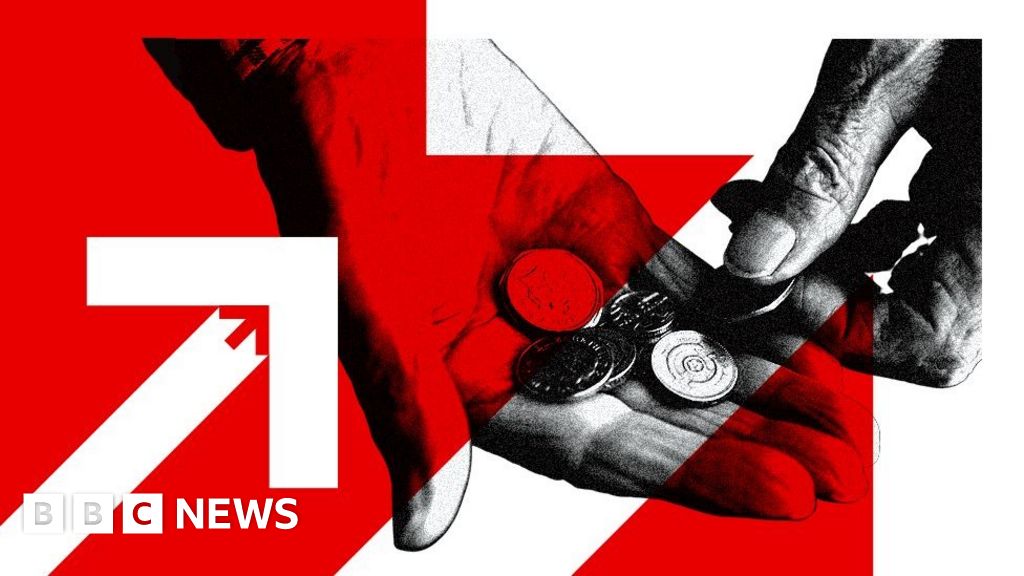The Bank of England’s Interest Rate Strategy: A Balancing Act to Control Inflation
In the complex world of economics, central banks play a pivotal role in maintaining stability and fostering growth. One of the key tools at their disposal is the manipulation of interest rates. The Bank of England (BoE), the United Kingdom’s central bank, uses interest rates as a primary mechanism to keep inflation in check, targeting a rate of 2%. This article delves into the intricacies of this strategy, the implications of rising interest rates, and the delicate balance that must be maintained to ensure economic health.
Understanding Inflation and the 2% Target
Inflation, the rate at which the general level of prices for goods and services rises, erodes purchasing power and can destabilize an economy. The Bank of England aims for a 2% inflation target as a benchmark for economic stability. This target is not arbitrary; it is designed to promote growth while ensuring that prices do not spiral out of control. When inflation exceeds this target, it can lead to a decrease in consumer confidence and spending, which can have far-reaching consequences for the economy.
The Response to Rising Inflation: Increasing Interest Rates
When inflation rates soar above the 2% target, the Bank of England often responds by increasing interest rates. For instance, in recent times, the BoE raised interest rates to 5.25%, marking a 16-year high. This increase is intended to make borrowing more expensive, thereby reducing the amount of money circulating in the economy. The rationale is straightforward: if loans and mortgages cost more, consumers and businesses are likely to borrow less, leading to decreased spending.
The Mechanism of Demand Reduction
The core idea behind raising interest rates is to curb demand. When borrowing costs rise, individuals may think twice before taking out loans for big-ticket items like homes or cars. Similarly, businesses may delay or scale back investments in new projects or expansion plans. This reduction in spending can help slow down price increases, ultimately bringing inflation back in line with the target.
Moreover, higher interest rates can encourage saving. As the returns on savings accounts become more attractive, individuals may choose to save rather than spend. This shift can further dampen demand for goods and services, contributing to a slowdown in price rises.
The Risks of Increasing Borrowing Costs
While the strategy of raising interest rates can be effective in controlling inflation, it is not without its risks. The Bank of England must tread carefully, as increasing borrowing costs can have adverse effects on the economy. For homeowners, higher interest rates mean increased mortgage repayments. This financial strain can outweigh the benefits of better savings deals, leading to reduced disposable income and, consequently, lower consumer spending.
Furthermore, businesses may find themselves in a precarious position. With higher borrowing costs, companies may cut back on hiring or even lay off employees to manage their expenses. This can lead to a ripple effect throughout the economy, as reduced employment levels can further decrease consumer spending, creating a cycle of economic contraction.
The Balancing Act: Navigating Economic Stability
The Bank of England’s approach to interest rates is a classic example of a balancing act. On one hand, the need to control inflation is paramount; on the other, the potential for stifling economic growth cannot be ignored. Policymakers must carefully assess economic indicators and consumer behavior to determine the appropriate course of action.
In addition to interest rates, the Bank of England also monitors other economic factors, such as employment rates, wage growth, and global economic conditions. These elements play a crucial role in shaping monetary policy decisions. The goal is to strike a balance that fosters sustainable growth while keeping inflation in check.
Conclusion
The Bank of England’s use of interest rates to manage inflation is a critical aspect of its monetary policy. By raising rates in response to rising inflation, the BoE aims to reduce demand and stabilize prices. However, this strategy comes with inherent risks that can impact consumers and businesses alike. As the central bank navigates this complex landscape, it must remain vigilant and responsive to the ever-changing economic environment, ensuring that the delicate balance between inflation control and economic growth is maintained. In doing so, the Bank of England plays a vital role in safeguarding the financial well-being of the nation.


